RIZAL, Philippines — Even after experiencing the worst flooding of their lives—triggered by Typhoon Ulysses (Vamco)—in November last year, mothers Edith and Liza* decided to remain in Kasiglahan Village in Rodriguez town.
They wanted to leave the dangerous place and move to a safer neighborhood, but they had no choice.
"We have nowhere to go. If we leave, we’ll have to rent a house. But our only source of livelihood is a store,” Edith said.
The dire situation of the Kasiglahan Village residents underscored how the poor bear the heaviest burden of climate change impacts.
“The plight of Kasiglahan Village, constantly battered by typhoons and floods, denied of aid and dignity, reflects on how the poor and vulnerable in the Philippines are abandoned by the Duterte government in the face of the worsening climate crisis,” said Lia Alonzo, executive director of the Center for Environmental Concerns (CEC) Philippines.
After a massive flooding in 2012, the local government of Rodriguez declared 1K2—the area where Edith and Liza live—a “danger zone.” This means that people are prohibited from living in 1K2.
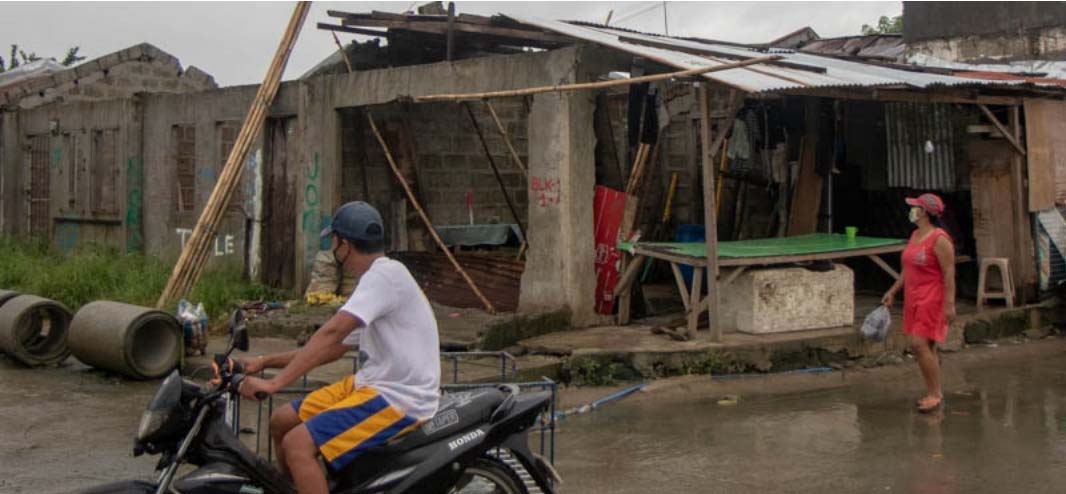
But in 2016, thousands of families, led by urban poor group San Isidro Kasiglahan, Kapatiran, at Damayan para sa Kabuhayan, Katarungan at Kapayapaan (SIKKAD), took over the housing units that had been left idle for years.
“They invaded that area despite the efforts to make them understand that the LGU declared it a danger zone,” said Dominic Reambillo, head of the town’s Housing and People’s Development Office.
Those who occupied the housing units knew the risks of living there, but they stayed. Collectively, the residents continue to assert their call that the housing units be awarded to them.
Kasiglahan caters to informal settlers located in the dangerous areas of Metro Manila.
Liza said that even before taking over the vacant units, they have asked the local government and the National Housing Authority to allow them to live there. But residents of Rodriguez like her were not given priority for units in the housing project.
“Had we not occupied units, we would not have houses,” Liza said.
Gaining access to spaces is critical to the survival of the urban poor, stressed Chester Arcilla, a housing advocate and an associate professor at the University of the Philippines.
“The urban poor, in order to survive, they have to challenge property rights. They have to challenge legality,” Arcilla said.
“They have to encroach on spaces they’re not supposed to be from the lens of the middle class and the elites. And they do that every day because they have to survive every day.”
Adequate housing was recognized as part of the right to an adequate standard of living in the 1948 Universal Declaration of Human Rights and in the 1966 International Covenant on Economic, Social and Cultural Rights.
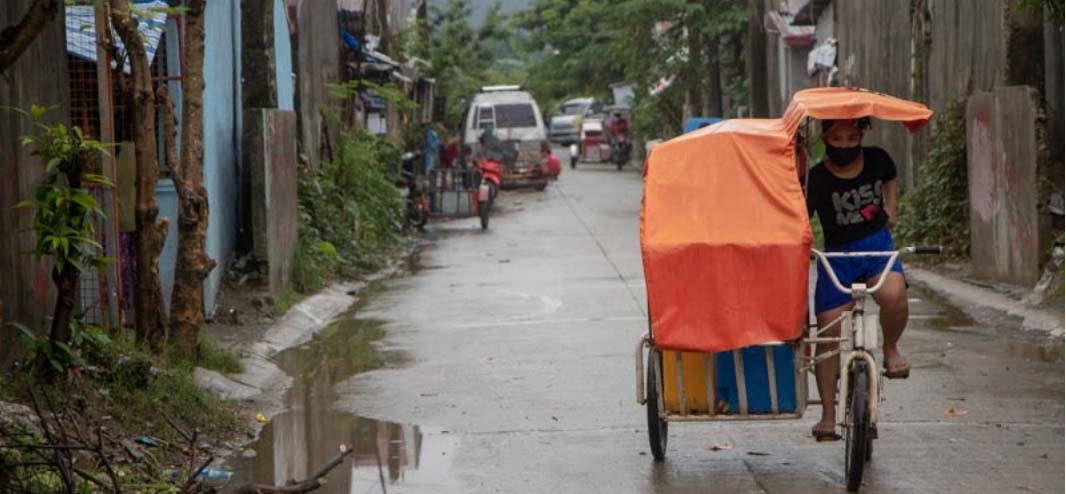
According to the Office of the United Nations High Commissioner for Human Rights, adequate housing is more than four walls and a roof. At a minimum, adequate housing should have security of tenure, availability of services and facilities, affordability, habitability, and accessibility.
In Kasiglahan, the fight for housing rights turned out to be dangerous. Four members of SIKKAD, an organization that advocates for right to adequate housing in Kasiglahan, were killed during police and military operations on March 7. Two were also residents of the village.
One of those killed was SIKKAD head Greg Dasigao, who assisted Kasiglahan Village residents in the aftermath of Ulysses.
The Philippine National Police claimed those killed in the so-called “Bloody Sunday” operations were members of the New People’s Army.
But Liza said the residents are neither members nor supporters of the communist rebels.
“The reason why we’re here is because we want to have our own homes and to live peacefully,” she said.
In June last year, the United Nations Human Rights Council adopted a resolution calling on governments “to take the right to adequate housing into account in strategies for adaptation to and mitigation of climate change.”
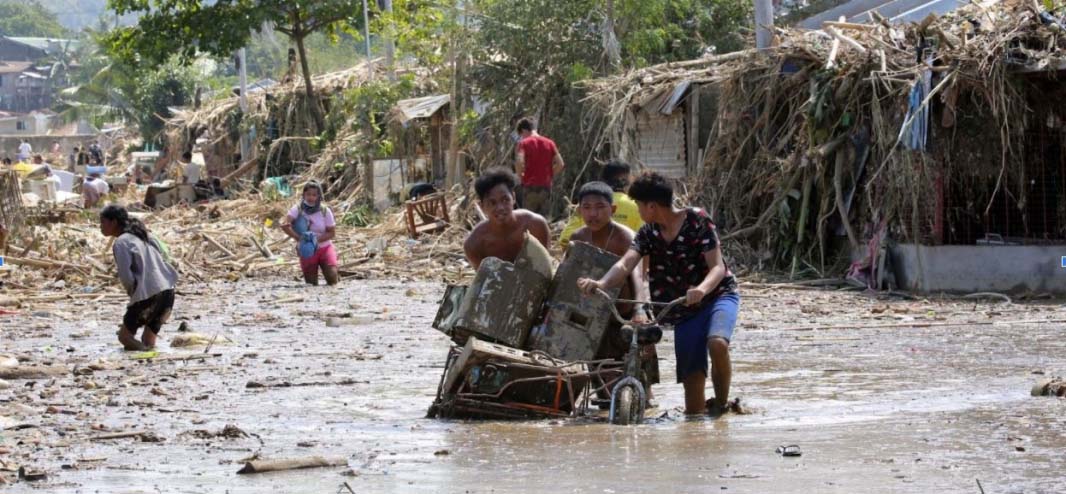
The 47-member council also urged States to work with affected communities in developing and promoting environmentally sustainable and sound housing design, construction and maintenance to address the effects of climate change.
Super Typhoon Yolanda (Haiyan) prompted the NHA to review and revise its planning standards, which consist of building resilient houses in suitable sites.
Raymund Abad, district manager of the NHA office in Rizal, said the agency formulated a new housing design that could withstand 300-kilometer-per-hour winds and issued a memorandum on the selection of sites “taking into consideration all the factors regarding climate and topography.”
Before Ulyssses triggered flooding in Kasiglahan, there had been discussions to award the units to residents of 1K2, Abad said. But the local government refused to declare the area safe for settlement, which is a prerequisite for the awarding of units.
CEC’s Alonzo said households whose homes stand on danger zones should be relocated either on-site or in-city while ensuring their access to public utilities, services and livelihood.
According to Reambillo, the local government of Rodriguez planned to move the residents out of harm’s way, but its request for relocation was not approved by the NHA. Abad, however, said he was not aware of such a request and noted the NHA has no authority to disapprove any plans of the local government to relocate people.
If the authorities cannot move them to a safer place, they should at least put in place interventions and infrastructure to reduce the adverse impacts of flooding in their community, residents said.
Aside from repairing damaged flood protection systems, the community also asks the government to fix the drainage system in the village—measures that the local government claims it is already doing.
Scientists and disaster risk specialists also point to the need to ensure efficient early warning systems and proactive evacuation procedures at the local level.
Geraldine Santos, a disaster risk reduction and management specialist and urban planner, said the monitoring of hazards present in housing projects and the enforcement of measures in place by local government units need more improvement.
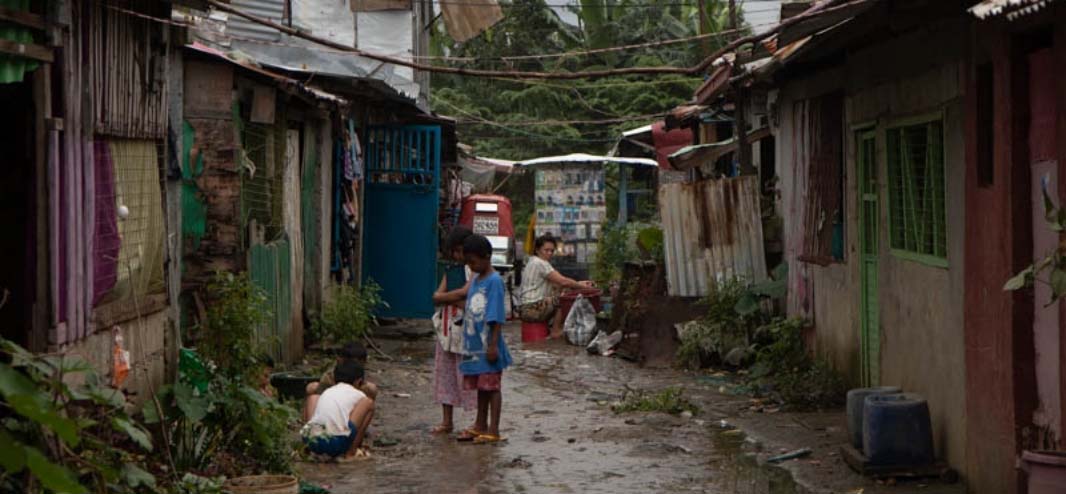
“But we know that not all LGUs have the same capacity to do the job,” she said.
Romuel Alimboyao, regional manager of NHA Calabarzon, said there is a need to create a law that will incentivize local governments that accept informal settler families. This, he said, will provide LGUs enough funds to address the needs of urban poor communities they will adopt.
But the problem is, housing is not considered an anti-poverty measure, Arcilla said.
“It has to be thought of as an anti-poverty reduction program so that the subsidies can be justified,” the housing advocate said.
“Housing is actually a cornerstone of anti-poverty programs because it allows people to have dignity; it allows people to have a safe space. It allows families to work without thinking about their families that are left in danger zones. It allows them to access livelihood better,” he added.
Alonzo stressed the government should prioritize raising the economic and organizational capacities of marginalized communities—such as Kasiglahan—in the development plans and crisis response of the government.
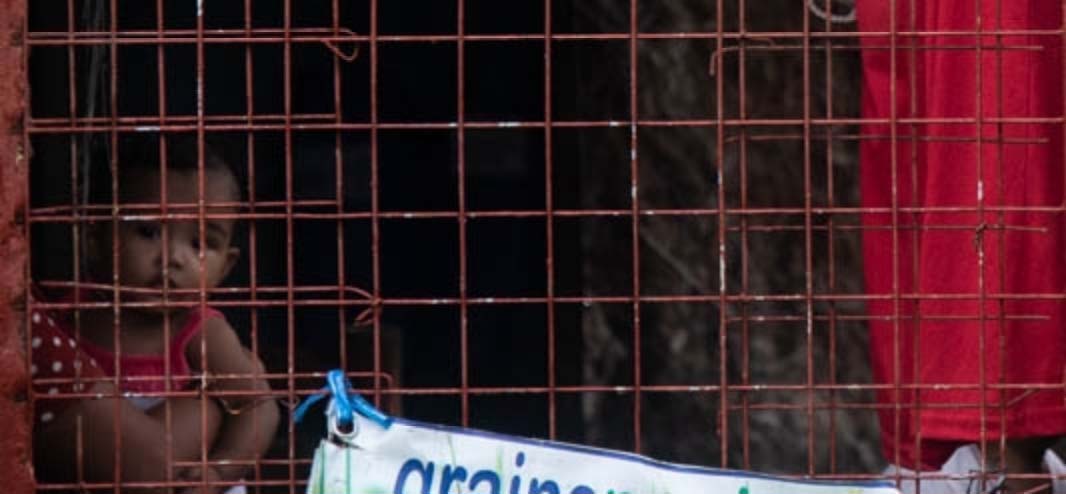
“The people want to be part of the solution. Government should be out there empowering them,” she said.
The government should also listen to the voice of urban poor communities, Arcilla said.
“At the very least, we need to stop transferring the poor to off-city settlements that are not safe, and that they should be part of the planning of resettlement. That’s a key component: the poor should be part of the planning itself,” Arcilla said.
*Edith and Liza are pseudonyms to protect their privacy.
This story was produced in collaboration with the Kalikasan People's Network for the Environment, with the support of Internews' Earth Journalism Network and Asian Center for Journalism.